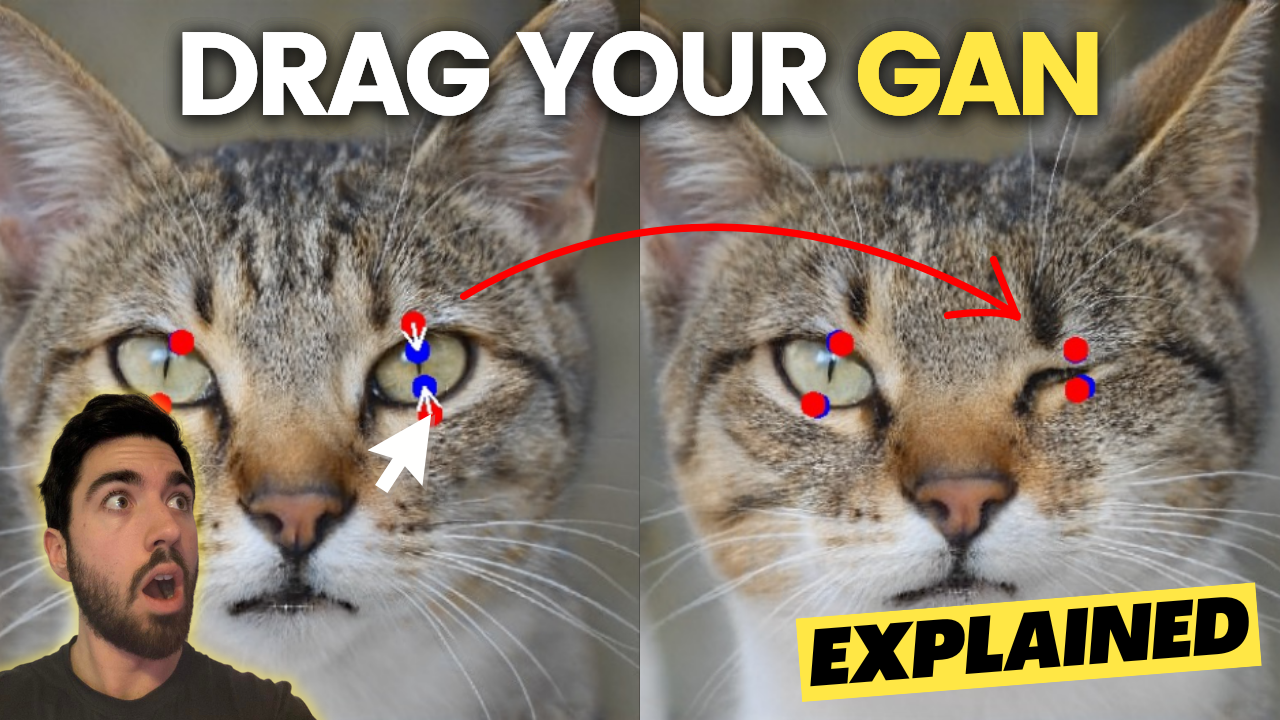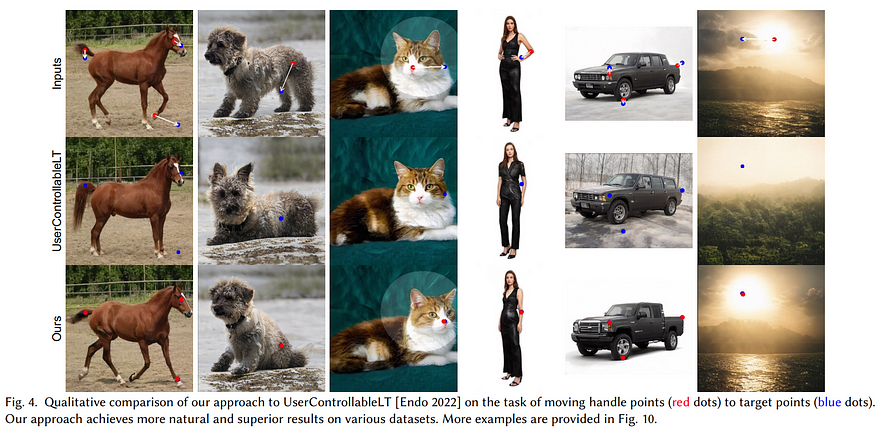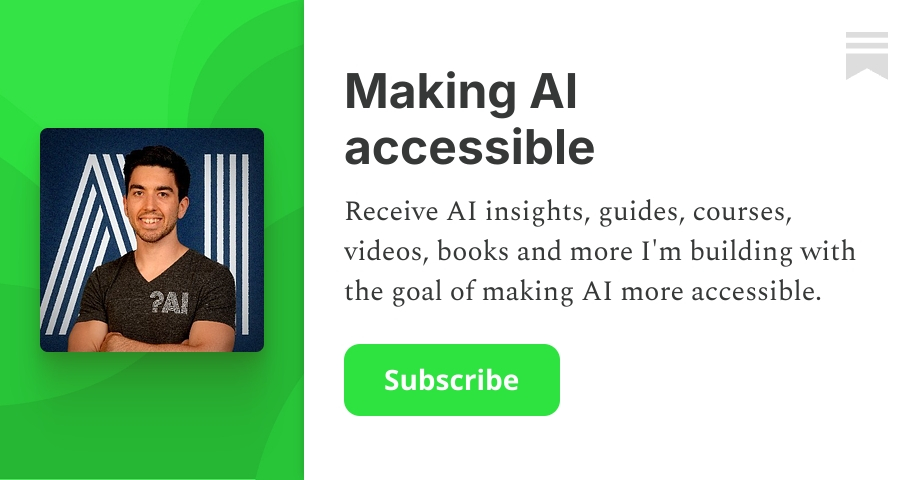Image Manipulation with Your Mouse! Drag Your Gan Explained
Move anything from point A to point B!

Watch the video
If you thought generating new images was cool, or editing them with some funny filters or inpainting into them, removing objects, or adding others with correct lighting, wait until you see this amazing new research.
Called Drag Your GAN, this new paper by Pan et al. allows you to edit images directly. Here, they used a GAN, which is a known AI architecture that takes images as inputs to generate new images, often used as some kind of style transfer application.


Instead of studying how to best generate new images or to allow the user to manipulate images with text, they went to another path where the goal is to actually drag a point from A to B. So the goal is much more precise. The pixels and object starting at point A has to be at point B after the mouse dragging is done. Not only that the object will be dragged towards point B, but it will do so in a realistic manner where the goal of the GAN model is to adapt the whole image so that this part being dragged there makes sense in the resulting image.
This dragging thus manipulates the whole image, including the pose, shape, expression, and objects present in it. You can easily edit the expressions of dogs, make them sit, or do the same with humans or even edit landscapes realistically. The results are quite incredible!
This is an innovative and super cool task that I haven’t seen before. I really like this dragging interaction for image editing over trying to write what you want as clearly as possible. Am I alone on that?
Would you also prefer to edit with your hands, dragging and moving things around rather than through text inputs?
To me, this simple UI example seems really interesting and fun to play with! Anyways, what’s even cooler than the results we’ve been seeing is how DragGAN works.

So to start, I will need you to have somewhat of a basic understanding of GANs. This kind of architecture is a way to train a generative model where you will train a model, called your generator, to create new images following a specific dataset. So basically imitating the images that you already have. Then, you will use another model called a discriminator to measure the quality of the generated images. During training, both models will improve together, and you will ideally end up with a powerful generative model able to replicate your true images. You can learn more about GANs in my previous articles. In this case, they use the StyleGAN2, which I covered on the channel and is a state-of-the-art GAN architecture.

Here, we have to note that any image generated from a GAN starts in the feature space. We also call this the latent code. This is a space that will basically represent the pool of images you can generate. So if you select a precise point in this space, it will have attached values to it, and by feeding those values to your generator, you will get an image. Then, if you play a bit around that space, you will generate similar images. This space is linked with the image space you can generate. Close things in there represent similar images.

So they have two steps that they repeat until the image is at the final destination. For each new target point, the model’s first step is to take the current image and move its representation in the feature space, or latent code, towards the right point, giving us a new latent code, which we can use to generate a second image. Here we should see a slight movement in the image. Then, we adapt the new point to the actual position on the image automatically since the movement from the latent space to the real image isn’t perfect, and this is what we are aiming for with the future steps. So here, for example, the model will reposition the previous target point onto the nose of the lion for the following step, becoming the starting point. And we do that again, step by step, until we reach the final position of the point.

A simple loss is applied on the feature map space, which is the in-between image we can take while the generator is working, so right in the middle of our latent code, super encoded information, and our generated image. This will suffice to train the generator to learn how to edit the images properly. Regarding the point tracking part, they will also do that directly in the in-between feature maps, finding the most similar spot from our starting point. You can see this feature map as some kind of image that would be a low resolution but still accurately represent what we have in our image both locally and globally.

There are some limitations, like only being able to edit GAN-generated images since they work in the feature space itself, or at least the controlled data has to be within the training data in order to maximize the results and not create weird artifacts. The selection of points is also important since it will be based on pixel colors and contrasts with its environment. If it is similar to all others around, it may not track well as they all look the same.

Still, the results are amazing, and I am super excited to see where this new sub-field of image manipulation progresses.
Of course, this was just an overview of this great new paper, and I definitely invite you to read it for more information on how it works and see more results. The authors mention that the code should be available in June, so if you read the article before that, well, be patient just a little, and hopefully, we will be able to play with this approach soon!
References
►More results and upcoming code: https://vcai.mpi-inf.mpg.de/projects/DragGAN/
►Pan et al., DragGAN, https://arxiv.org/abs/2305.10973
►Twitter: https://twitter.com/Whats_AI
►My Newsletter (A new AI application explained weekly to your emails!): https://www.louisbouchard.ai/newsletter/
►Support me on Patreon: https://www.patreon.com/whatsai
►Join Our AI Discord: https://discord.gg/learnaitogether

